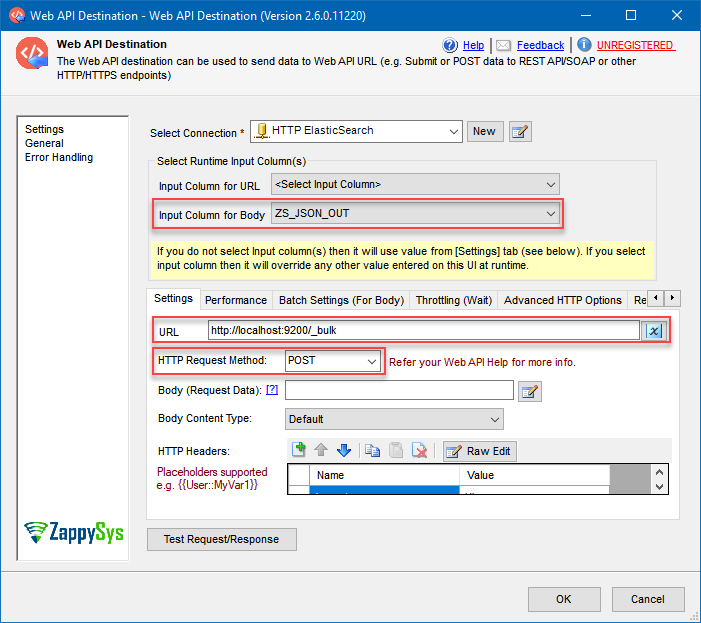
#Free rest api client code#

#Free rest api client download#
This constraint indicates that the functionality of the client applications can be extended at runtime by allowing a code download from the server and executing the code.

This layered architecture helps to improve scalability by enabling load balancing.Ĭode on Demand: This constraint is optional. Layered System: The server can have multiple layers for implementation.

Uniform Interface: This constraint indicates a generic interface to manage all the interactions between the client and server in a unified way, which simplifies and decouples the architecture. This greatly improves the performance of the API. The state of the session should be saved at the client’s end.Ĭacheable: The client should have the ability to store responses in a cache. Stateless: No data should be stored on the server during the processing of the request transfer. It is important to note that both of these entities are independent of each other. REST Architectural ConstraintsĪn API that has the following constraints is known as RESTful API:Ĭlient-server architecture: The client is the front-end and the server is the back-end of the service. It is the responsibility of the business component (developed by a service provider) to prepare and send the HTTP response message 3.


 0 kommentar(er)
0 kommentar(er)
